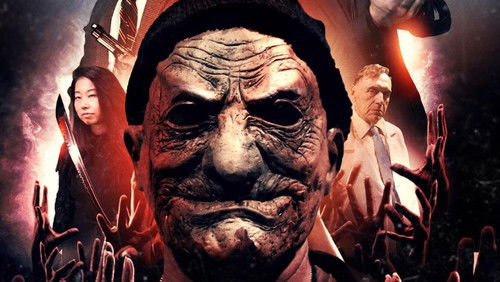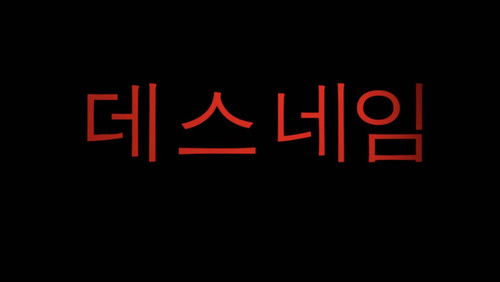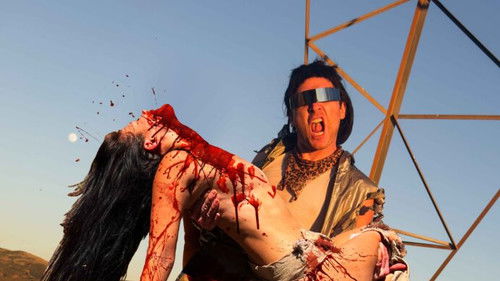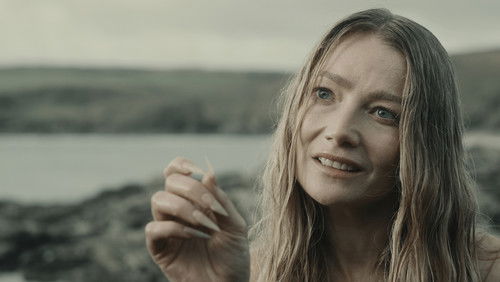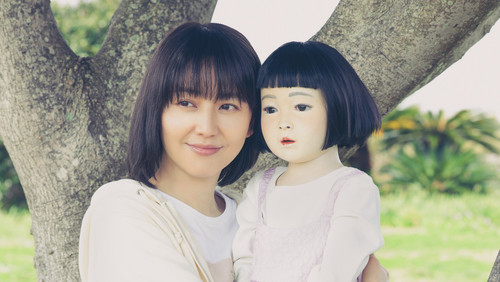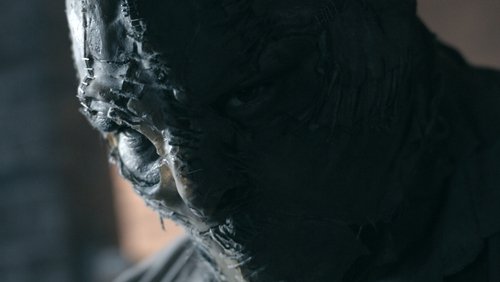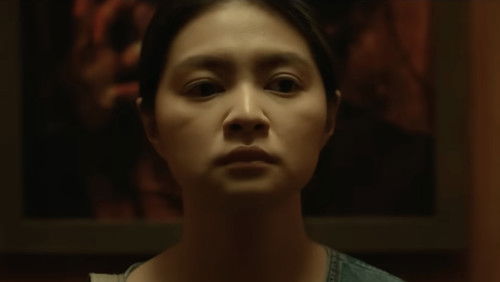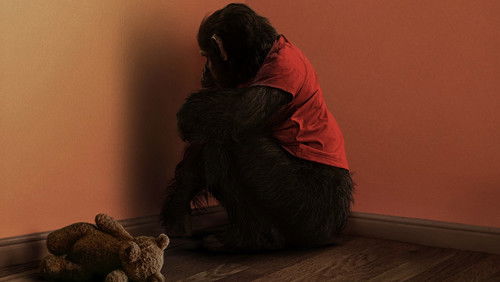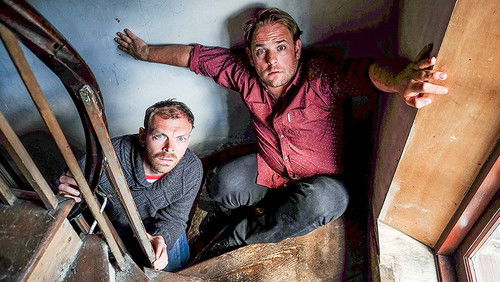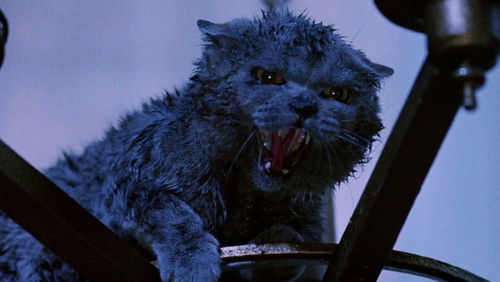Die Jungfrau und das Ungeheuer (1978)
44KDie Jungfrau und das Ungeheuer: Directed by Juraj Herz. With Zdena Studenková, Vlastimil Harapes, Václav Voska, Jana Brejchová. In this gothic rendition of the classic fairy tale, a merchant’s youngest daughter is held prisoner by a mysterious winged beast.
“So, u0026quot;Panna a Netvoru0026quot;–u0026quot;Beauty and the Beastu0026quot; for English-speakers, though a more accurate translation is u0026quot;The Maiden and the Monster.u0026quot; Itu0026#39;s a more horror-tinged version of the tale, and is really not for little kids.u003cbr/u003eu003cbr/u003eFairy tales seem to specialize in magical transformations: beasts into humans , paupers into princes and princesses, etc. But look again and youu0026#39;ll see that the transformations arenu0026#39;t really transformations–Cinderella, for example, was always a princess on the inside; she just had to be recognized as one. So what many fairy tales do is show things as they really are–or, at least, as they should be. This version of u0026quot;Beauty and the Beastu0026quot; shows things as they are *and* how they should be, and works toward bridging the gap, making it more modern than your average fairy tale.u003cbr/u003eu003cbr/u003eWhen the story starts, things as they are are pretty horrifying: our u0026quot;Beastu0026quot; (Netvor) is not a prince–he is never called one, he lives in a mansion and not a castle, and though he has servants they are monsters similar to himself. He is partially a bird and partially a beast (which is represented by both his body and a sinister voice that tells him to kill things, including our u0026quot;Beauty,u0026quot; Julie). His little voice tells us that heu0026#39;s been fully transmogrified for at least twenty years.u003cbr/u003eu003cbr/u003eItu0026#39;s usually pretty hard to make any u0026quot;Beautyu0026quot; interesting, since she merely exists to be lovely and good so that the u0026quot;Beastu0026quot; figure can be saved, but this movie gives it a go. As in the original fairy tale, she is the daughter of a merchant, not an inventor (as in the Disney version); her two selfish, money-obsessed sisters are slated to be married to other merchants, and their father has sunk everything into buying things for their respective weddings. Unfortunately, the goods need to travel through the Black Forest, and the people driving the carts stumble across one of the Beastu0026#39;s trip wires. So all the merchantu0026#39;s property is destroyed, and he and his three daughters are destitute. The merchant goes off with their motheru0026#39;s portrait to sell. The two selfish daughters want gold and gems, but Julie will accept a wild rose (his suggestion, not hers). He *also* needs to go through the Black Forest (WHY? WHY?!), but our Beast has gotten his fill of violence from the destruction of the merchantu0026#39;s goods, so his human side is slightly dominant over his beast one. When the merchant stumbles into the house, the Beast has his servants feed him and give him wine, and he even lays out jewels on the table for the merchant to take in exchange for the portrait. (These gems are not at all valuable to the Beast–magic works according to strange rules in this movie.) Then the merchant takes one of the Beastu0026#39;s roses, and you *know* what happens then. 🙂 When he returns with shiny things, the two older sisters are thrilled, even after the merchant tells them he needs to die because he took a rose for Julie. Unless, of course, one of the three daughters will go back to the Beast in his place (thatu0026#39;s always part of the deal)…and thereu0026#39;s Julie, riding off into the forest. Notice, though, that the merchant said nothing about a beast.u003cbr/u003eu003cbr/u003eAnyway, Julie shows up at the manor, drinks some suspicious-looking wine (poured by the gremlin who lives in the chandelier) and passes out. She then has a dream of being shut up in a coffin (alive) and rescued by (we presume) the Beast in human form. While she sleeps, the Beast stands over her and struggles with the little voice that wants him to kill her and drink her blood. Finally, he runs off into the woods and kills a deer.u003cbr/u003eu003cbr/u003eWhen Julie wakes up, sheu0026#39;s alone. While sheu0026#39;s sitting in front of the fire, the Beast shows up behind her, ordering her not to turn around, and he interrogates her. She tells him why sheu0026#39;s there. He asks if he can visit her the next night, and the cat-and-mouse chase begins. Believe it or not, the little voice is still pretty adamant about killing her. So her days go on–every morning and evening, the table seems to set itself, and she has pretty jewels and dresses to wear, and life is good. The Beast visits her at night, but only briefly.u003cbr/u003eu003cbr/u003eNow I need to back up a bit. Magic, in this movie, is dependent on two things: the worth of the object to be transformed and how much the magic-maker/receiver deserves that object. The Beastu0026#39;s gremlins serve him less because he deserves it and more because his force compels it, but itu0026#39;s the same general principle. The gems that the Beast gave Julieu0026#39;s father were created only because he gave up the portrait of his wife–the sentimental value transformed everyday, broken-down objects into precious gemstones, because the merchant deserved them for his sacrifice. Julieu0026#39;s things are beautiful because she deserves them. When she goes home, her sisters insist on u0026quot;borrowingu0026quot; (read: stealing) her things, but as soon as the one sister tries on her dress, it turns to rags, and as soon as the other sister tries on her necklace, it turns to mud. Why? Because they donu0026#39;t deserve them. There is a strong element of justice in a lot of fairy-tales, but the theme does not usually play out quite so strongly in u0026quot;Beauty in the Beastu0026quot; (which is usually skewed toward *not* judging, based on appearances or anything else).u003cbr/u003eu003cbr/u003eThe Beast is made human due to the same general principles of this magic. He works toward deserving happiness. Julie is an active agent, but he is (as Michelangelo said) the marble and the sculptor–the substance, and the worker of that substance.u003cbr/u003eu003cbr/u003eThe end is a reprise of Julieu0026#39;s earlier dream, and is very u0026#39;70u0026#39;s and a little tacky. Ah well.u003cbr/u003eu003cbr/u003eThis is probably my favorite version of the fairy tale. Recommended.”
